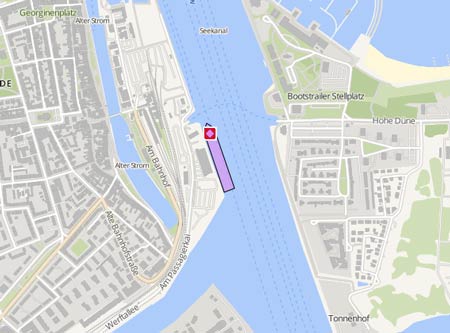THOMAS G THOMPSON
Course/Position
Latest ports
Latest Waypoints
Latest news
ROV lost during research of Kermadec Trench
On May 10, 2014, at 2 p.m. local time the hybrid remotely operated vehicle Nereus was confirmed lost at 9,990 meters depth in the Kermadec Trench northeast of New Zealand. The unmanned vehicle was working as part of a mission to explore the ocean’s hadal region from 6,000 to nearly 11,000 meters deep. Scientists say a portion of it likely imploded under pressure as great as 16,000 pounds per square inch. At the time it was lost, it was 30 days into a 40-day expedition on board the "Thomas G. Thompson" to carry out the first-ever, systematic study of a deep-ocean trench as part of the NSF-sponsored Hadal Ecosystems Study (HADES) project under chief scientist Timothy Shank, a WHOI biologist who also helped conceive the vehicle. Researchers on the vessel lost contact with the vehicle seven hours into a planned nine-hour dive at the deepest extent of the trench. When standard emergency recovery protocols were unsuccessful, the team initiated a search near the dive site. The team onboard spotted pieces of debris floating on the sea surface that were later identified as coming from Nereus, indicating a catastrophic implosion of the vehicle. The ship’s crew is recovering the debris to confirm its identity and in the hope that it may reveal more information about the nature of the failure.
Upload News

